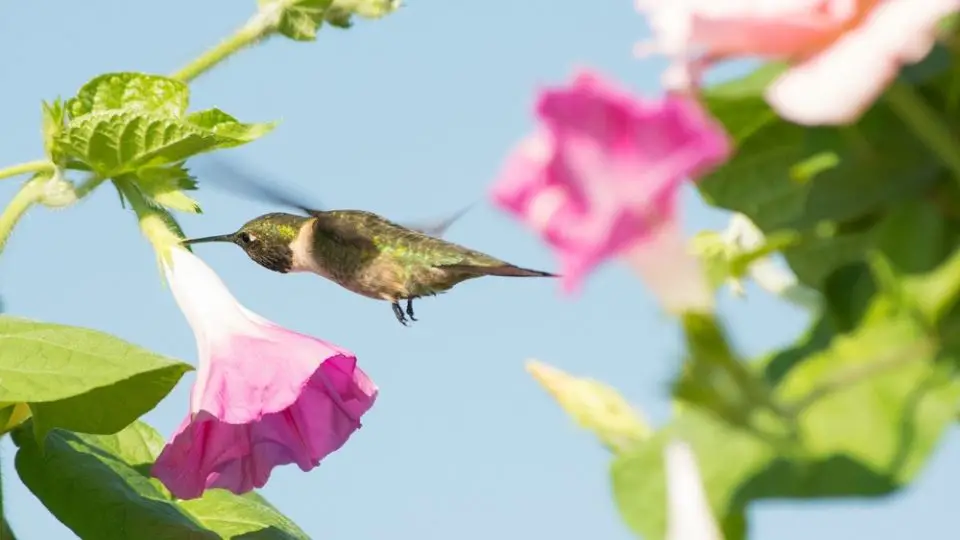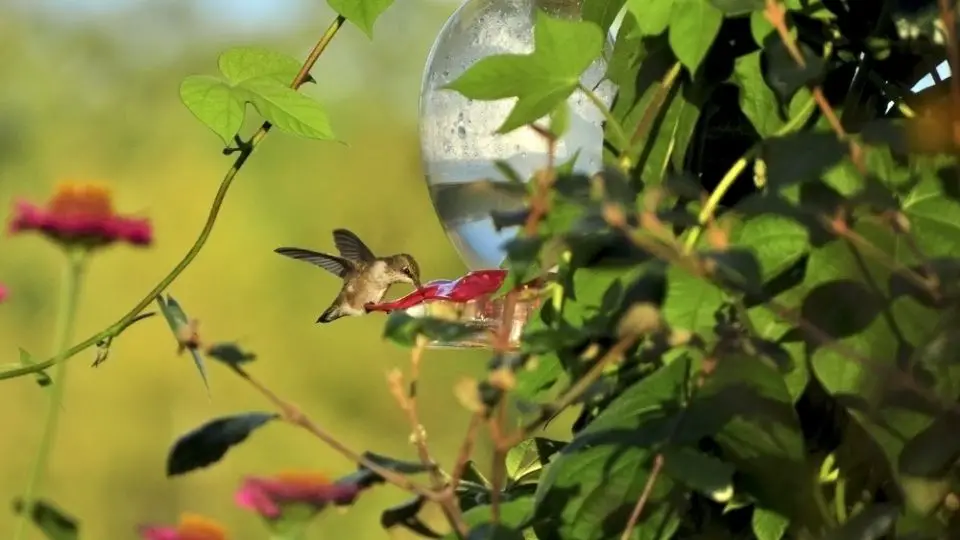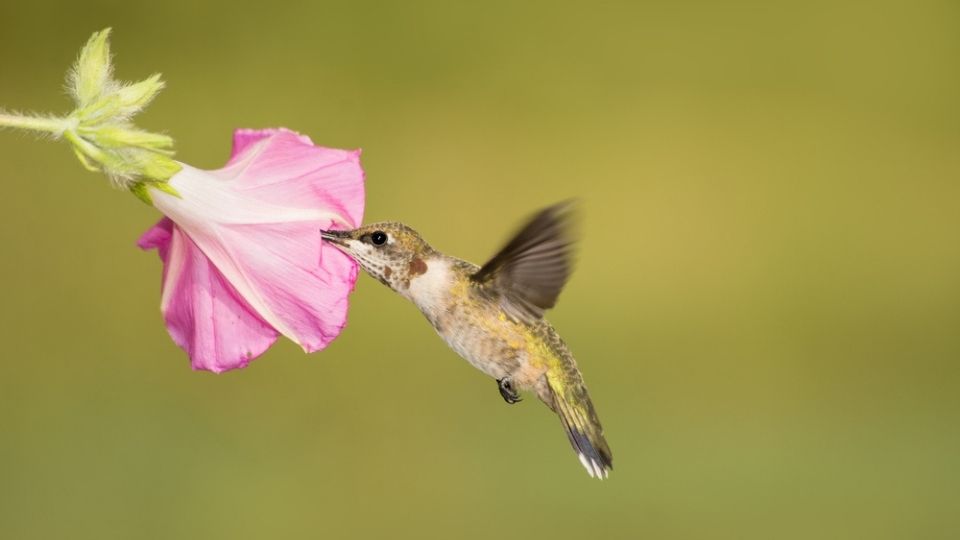Morning glories, also called Ipomoea, are amazing flowers that hummingbirds, butterflies, and bees all adore. They are unique and at the same versatile. They can be planted in many ways, such as in containers, a hanging basket, a trellis, or your backyard fence.
Morning glories are also quite stunning, especially as they make their way around a mailbox or lamppost. The good thing is that growing the plant is incredibly easy. However, to get the best results, you will need to prepare your seed before you begin planting.
There are two ways to prepare them. For starters, the seeds have a tough outer shell that can be nicked with a nail file or emery board. You could also choose to soak them in water overnight. Nonetheless, each option will work since the idea is to engage in advanced preparation to encourage and speed up the germination process and expose them to the full sun.
Table of Contents
What are Morning Glories Good for?
The Morning Glory, even the Blue Morning Glory, is a fast-growing vine ideal for gardeners who want to decorate vertical objects or cover an ugly fence or pergola. The plant also thrives in the sunniest conditions, like early summer, so you must place it in open and hot climates.
The good thing is that it will tolerate light shade; you just need to ensure that it has a slender support platform to twist around. Alternatively, the plant can also be used as a beautiful ground cover.
The twisting and crawling vines can, at times, be a hassle. Therefore, if you are not committed to regularly cleaning them up, this plant may not be the ideal choice for your garden. You should also try to remove old flowers before they begin to form seedpods and cover up your entire garden.
Another way you can manage heavy overgrowth is by pruning the plant and leaving around 30% to 40% of it. You could also grow them outdoors in pots to ensure they are contained. In addition, perennials ought to stay in place during the winter since they just blossomed in spring.
What are the Most Important Things to remember when Gardening for Hummingbirds?
One of the best things about the Morning glory plants is that they are effortless to grow and don’t need much attention once they have been established. In fact, they can thrive in any soil and, in some cases, seem to do quite well in drought-tolerant soil types. Ipomoea produces a significant number of heavenly blue flowers when stressed in an attempt to reproduce and bring forth another generation.
As a result, most gardeners believe that Morning Glory Flowers do not need to be fertilized. However, this is not the case since they require monthly fertilizer during the growing season, which is particularly important for hummingbirds. Once the native plants are comfortable in their new environment, you should keep the soil constantly moist and well-drained.
Where should you plant morning glories?
If you intend on growing these wonderful honeysuckle flowers indoors, you should make sure there is a wire or string lattice in front of a sunny window that they can climb. Fortunately, Ipomoea will bloom abundantly all year round as a house plant.
Furthermore, if you want the best results, ensure the soil is moist, with good drainage, and is not soggy. The key is to not over-fertilize these annual flowers. This will lead to more foliage than flowers.
Another benefit of morning glory plants requiring minimal maintenance is that they are rarely bothered by pests. Nonetheless, at one point, you may see spider mites, aphids, beetles, or leaf miners feeding on the vines. If you notice any of these particular pests, you should try to pick them up with your hand since using chemicals will more than likely impact the well-being of such pollinators and associated insects.

Watering Morning Glories
When it comes to the outdoors, Morning Glories do not require much watering. In most cases, they can live and thrive on rainfall alone and in late spring. On the other hand, during periods of droughts, you need to help them out with a soaking once or twice a week.
If you happen to reside in an specific area that experiences less than one inch of rainfall per week, or if you prefer your morning glory seeds to remain indoors in a container—you should remember to water them weekly. When winter comes, you can cut back on the watering.
In case you happen to see rust and black rot, it could be that your plant might be either too wet or the air circulation may not be good enough. You must remember that less is more when it comes to the Morning Glory.
At the planting stage and during establishment, the Morning Glory requires consistent watering, especially in mid-summer. If you happen to be planting the seeds, you will have to ensure you soak them in warm water for 24hrs to help with germination. Once planting is done, you must keep the soil constantly moist to a depth of 1 inch or 2.5 cm.
If it dries out, the seeds might actually not germinate at all, so check it every 2 to three days. The seedlings also need moisture to grow strong roots. For those outdoors, some weekly watering should be sufficient, while for those indoors, twice per week is fine or whenever the soil feels dry.

Propagating Morning Glory
The Morning Glory can be easily propagated using seeds planted directly in the garden once the soil has warmed up a bit and there is no longer a threat of frost. For those indoors, you can start the seeds around 4 to 6 weeks before the last frost since these unique plants are slow to flower. If you happen to live in areas with a short growing season, it would be a good idea if you started with Morning Glories from indoor seeds.
Hummingbird Morning Glory Summary
Morning Glories are unique and low-maintenance plants popular with gardeners from around the globe. Their flowers bloom splendidly, especially in the morning, and nicely wilt by the afternoon. This short-lived beauty cycle has made the plant a symbol of love and the passing times in various cultures. It has also clearly answered the question do hummingbirds like morning glories.

